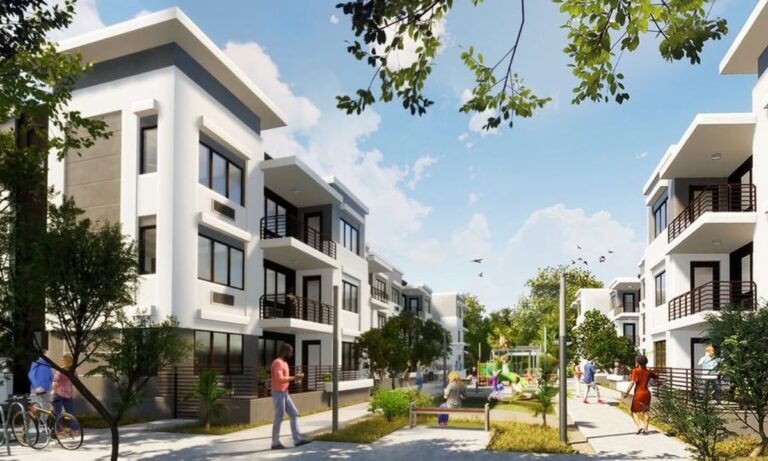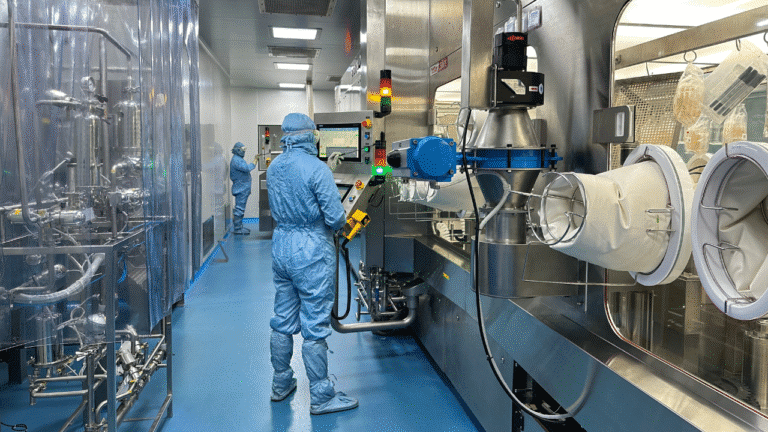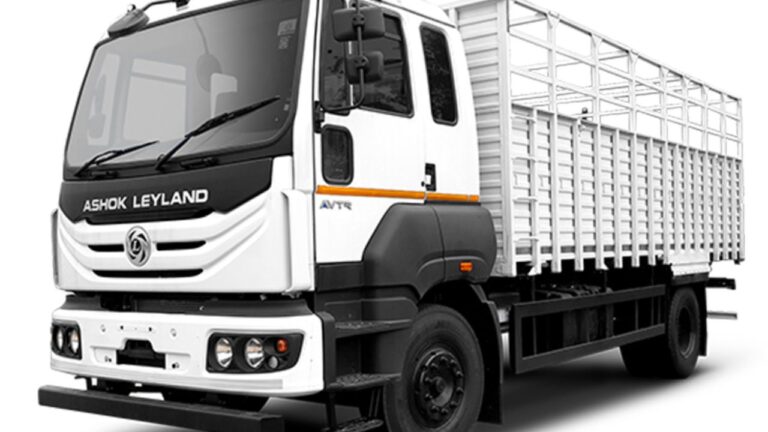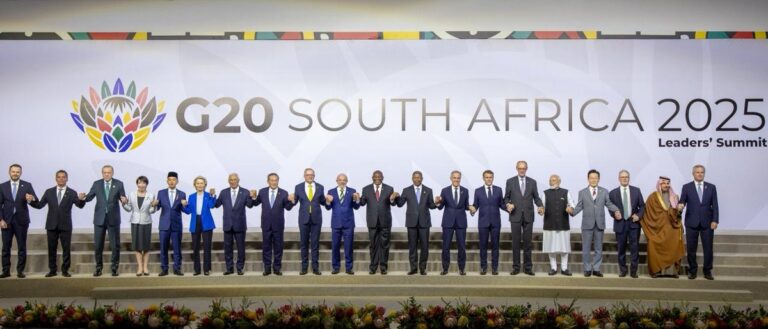
India’s cities are expanding at an unprecedented pace. With rising incomes, rapid urbanisation, and the increasing affordability of private vehicles, urban mobility has become one of the country’s most pressing challenges. Congested roads, polluted air, long commute times, and inadequate public transport networks have created a mobility ecosystem that is neither sustainable nor equitable. Amid this growing crisis, Transit-Oriented Development (TOD) – compact, walkable, mixed-use neighbourhoods built around high-quality transit systems – is increasingly recognised as a powerful tool to reshape how Indian cities grow.
TOD is not a new idea globally, but its relevance in India today is unmatched. With metro rail expanding to 20+ cities, Bus Rapid Transit (BRT) corridors gaining traction, and renewed focus on electric mobility, India now has a window of opportunity to align land use, density, and mobility planning. The question is: Can transit-oriented growth truly unlock cleaner, safer, more inclusive mobility for India’s urban future?
Why Transit-Oriented Growth Matters for India
1. A Response to Congestion and Rising Car Ownership
Private vehicle ownership in India has grown exponentially in the last decade, putting immense pressure on already strained urban infrastructure. Roads cannot be widened indefinitely – but cities can reduce car dependency by reorganising development around mass transit corridors. TOD encourages people to live, work, and access services within safe walking or cycling distance from transit hubs, reducing the need for private vehicles.
2. Creating Walkable, Livable Urban Neighbourhoods
Most Indian cities lack pedestrian-friendly urban design. Narrow footpaths, unsafe crossings, and poor last-mile options discourage public transport use. TOD flips this model by placing pedestrians and cyclists at the center – ensuring wide footpaths, shaded streets, public plazas, and seamless last-mile connectivity.
3. Making Transit Financially Viable
Metro systems and BRT networks require significant investment. TOD helps ensure sustainable ridership and generates revenue through land value capture, development rights, zoning incentives, and mixed-use real-estate growth around stations.
4. Supporting Climate Action and Public Health Goals
Transport emissions form a major share of urban pollution. By reducing car dependency, TOD directly contributes to climate resilience, healthier air quality, and improved public well-being.
Case Study 1: Ahmedabad’s Janmarg BRTS – A Blueprint with Learning Curves
Ahmedabad’s Janmarg BRTS, launched in 2009, remains one of India’s most notable examples of integrated bus-based mobility. With dedicated bus lanes, median stations, level boarding, and modern ticketing, Janmarg demonstrated that high-quality bus systems can thrive in Indian conditions.
Key Achievements
- Marked a significant shift from mixed-traffic buses to dedicated-lane BRT.
- Attracted strong daily ridership in its early years.
- Stimulated commercial activity along major corridors.
- Improved accessibility for low-income populations dependent on public transport.
Lessons for TOD
Janmarg’s success was partly due to its integration with land-use planning – commercial growth along the BRT corridor, widened footpaths, and improved cycling infrastructure. However, the system also highlights challenges: maintaining corridor priority, preventing encroachment, and ensuring feeder connectivity are essential for long-term success.
Ahmedabad shows that high-quality transit alone is not enough – continuous urban design improvements and operational discipline are vital.
Case Study 2: Delhi Metro – How Transit Shapes Land Use
The Delhi Metro is India’s largest and most transformative urban transit project. Over the years, it has not only improved mobility but also reshaped land use patterns across the National Capital Region.
Observable Impacts
- Increased commercial and residential development around station areas.
- Growth in mixed-use projects, retail zones, and office clusters.
- Rise in property values within metro influence zones.
- Enhanced inter-city connectivity with NCR regions like Noida and Gurugram.
Delhi Metro Rail Corporation (DMRC) has also been a pioneer in property development and TOD-based revenue generation, including shopping complexes, office spaces, and transit-integrated real estate.
TOD Considerations
While land-value appreciation indicates TOD potential, it can also trigger gentrification. To make TOD equitable, provisions for affordable housing, rental options, and livelihood spaces must be integrated into station-area planning. Delhi’s experience underscores that TOD must balance economic growth with social inclusion.
Urban Mobility: Key Challenges in Implementing TOD Across India
1. Fragmented Governance
Urban planning, transit operations, and land management often fall under different agencies. Coordination gaps delay projects and reduce TOD’s effectiveness. Integrated command structures and unified metropolitan transport authorities can help bridge this divide.
2. Financial Viability and Land Economics
TOD relies on strong financial mechanisms – value capture financing, higher Floor Area Ratio (FAR), transit-linked real estate, and public–private partnerships. Many cities struggle to adopt these tools due to regulatory complexities or political sensitivity around land-use changes.
3. Last-Mile Connectivity Gaps
Without reliable feeder buses, shared mobility, and safe pedestrian routes, even well-planned transit corridors fail to attract ridership. Last-mile integration is often the weakest link in Indian cities.
4. Social Equity
TOD-driven redevelopment can push lower-income groups away from transit-rich locations. Inclusive zoning, rental housing, and livelihood spaces must be mandated to keep TOD socially balanced.
A Practical Roadmap for India’s Transit-Oriented Future
1. Align Transit and Master Plans
Cities must designate 400–800 metre influence zones around transit corridors and align building regulations, FAR norms, and land use accordingly.
2. Prioritize Pedestrian and Cycling Infrastructure
Walkability is the backbone of TOD. Wider footpaths, safer crossings, bicycle networks, and shaded streets must be standard – not optional.
3. Adopt Strong Value-Capture Mechanisms
Tools like development rights, joint real-estate ventures, and lease models can generate funds for maintaining transit systems and improving public spaces.
4. Ensure Social Inclusion
Inclusionary zoning, affordable housing quotas, incremental redevelopment, and relocation support must be embedded into all TOD guidelines.
5. Strengthen Institutional Capacity
Urban local bodies need training, technical assistance, and expert support to plan and execute TOD projects effectively.
A Pathway to Cleaner, Safer, More Livable Cities
Transit-oriented growth is not a magic solution – but it offers a clear path to solving many of India’s mobility challenges. By creating walkable, well-connected neighbourhoods centered around high-quality transit, Indian cities can reduce congestion, improve air quality, cut emissions, and enhance quality of life. Examples from Ahmedabad and Delhi demonstrate both the potential and the pitfalls.
If implemented with equity, governance reform, and strong financial tools, TOD can transform mobility for millions – turning transit corridors into engines of sustainable, inclusive urban growth.






